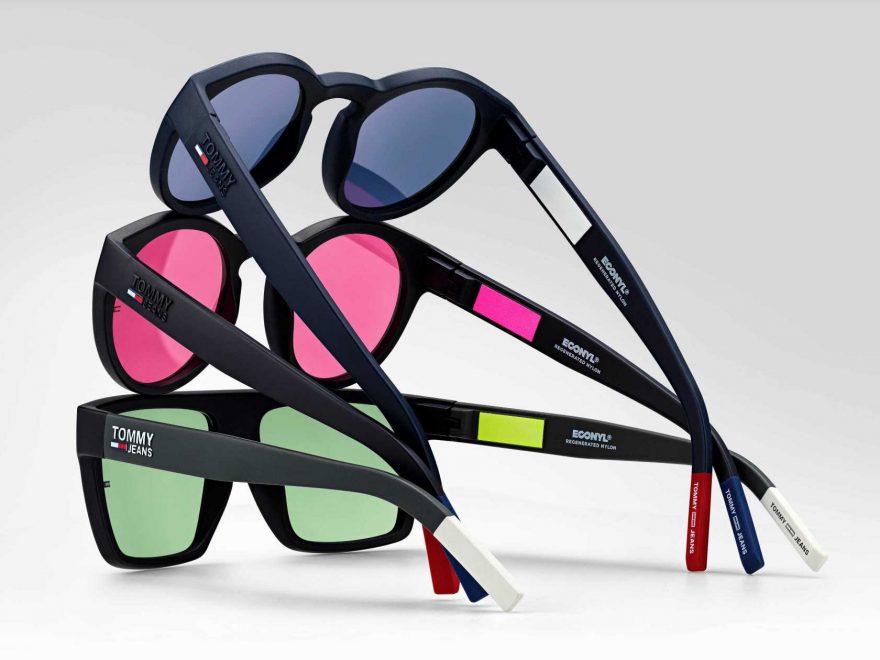Italian eyewear-maker Safilo Group SpA on Thursday reported a worsened net financial position for 2020, as it revealed the closing of its Ormož, Slovenia, factory; however, the company said it expects improved results in the first quarter of 2021.
“Based on the current visibility on the order book, the group expects its total net sales for the first quarter of 2021 to grow, at constant exchange rates, in a high-single to low-double-digit range compared to Q1 2020,” the company said in its results presentation, noting that business activity in January and February was “in line” with expectations, while “the first 10 days of March confirm a significant acceleration compared to the same period last year.”
For 2020, the Padua-based firm widened its adjusted net loss to 46.5 million euros, compared with a net loss of 6 million euros in 2019 (adjusted for net financial charges increasing to Euro 24.1 million euros compared to 7.3 million euros in 2019, a tax benefit and accounting adjustments).
“Last year presented the most challenging market conditions we have ever experienced, and I want to express my utmost gratitude to all our people, in the plants and in our offices around the world, for their dedication and the excellent job accomplished in such a difficult period of our lives,” chief executive officer Angelo Trocchia said on a conference call, adding that the company’s cost-saving plans were “well ahead of targets.”
Earlier Thursday, Safilo revealed its intention to close the Ormož production site starting in June 2021, which will affect the jobs of 557 employees. Safilo listed the negative impact of COVID-19 and a reduction of production volumes due to the termination of licensing agreements with several major brands as factors in the decision. In 2020, Safilo began the closure of another production plant in Martignacco, Italy. Trocchia noted that the company will be meeting with Ormož’s labor unions to mitigate the negative social impact of this “painful” scenario.
This year marks the exit of the lucrative Dior brand, while the exit of the Fendi label is expected in June. In addition to its own brands Carrera, Polaroid, Smith and Safilo, the group produces and distributes eyewear for labels ranging from DB Eyewear by David Beckham, Missoni, Marc Jacobs and Moschino to Tommy Hilfiger and Levi’s. Safilo recently launched the Under Armour label in the U.S. and will launch the Paris-chic Isabel Marant label this year.
“We expect entering and exiting licenses to balance each other,” chief financial officer Gerd Graehsler said.
Like many industry players, Safilo secured additional liquidity with a new term loan facility of 108 million euros guaranteed by SACE earlier last year — a further step to offset negative effects of the ongoing pandemic.
Safilo said its positive third- and fourth-quarter performance helped its earnings before interest, taxes, depreciation and
amortization (adjusted for non-recurring items) to a better-than-expected 1 million euros compared to 65.4 million euros in 2019, which beat the expectations of analysts, who said this was a positive result of the company’s cost-cutting measures. In addition, before the accounting code IFRS 16, the group’s net debt stood at 179 million euros.
Safilo confirmed a 16.9 percent drop in 2020 revenues (reported in January) at current exchange to 780.3 million euros, compared with 939 million euros the previous year.
In the fourth quarter, net sales grew 3 percent at constant exchange to 225.6 million euros (falling by 2.1 percent at current exchange), as its Chinese business more than tripled in the last quarter of the year.
The company added that the recent acquisitions of Blenders Eyewear and Privé Revaux also boosted the group’s online operations, with online business rising 175.5 percent in 2020 versus 2019.
Overall, Safilo has been focusing on its digital transformation, its direct-to-consumer strategy and increasing its share of business-to-business. In August, Safilo launched its new b-to-b platform in Europe and, in November, it rolled out a new Customer Relationship Management system. Looking ahead the company said it will focus on its digital channels and its marketing strategy, for which it will invest further in 2021, Graehsler said.
Source: Read Full Article
